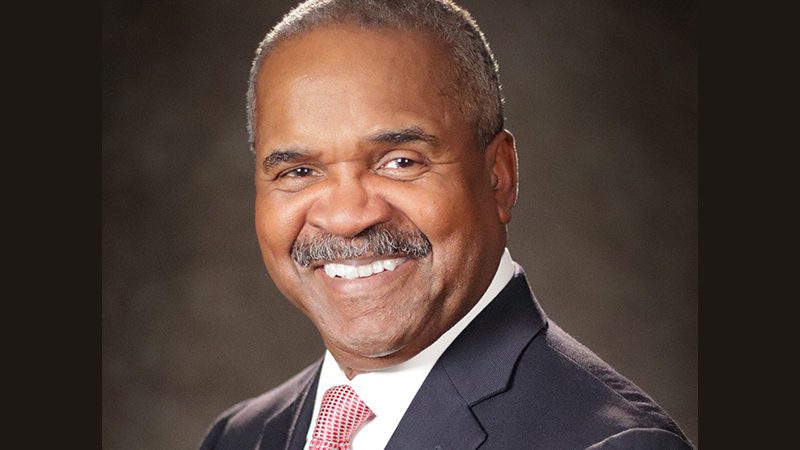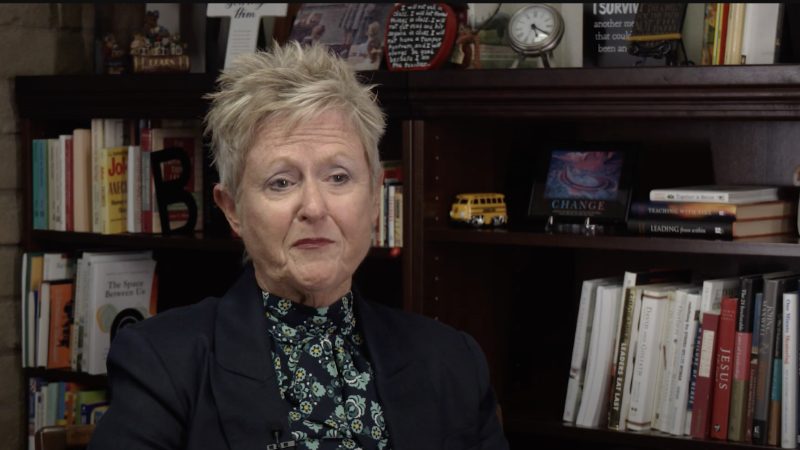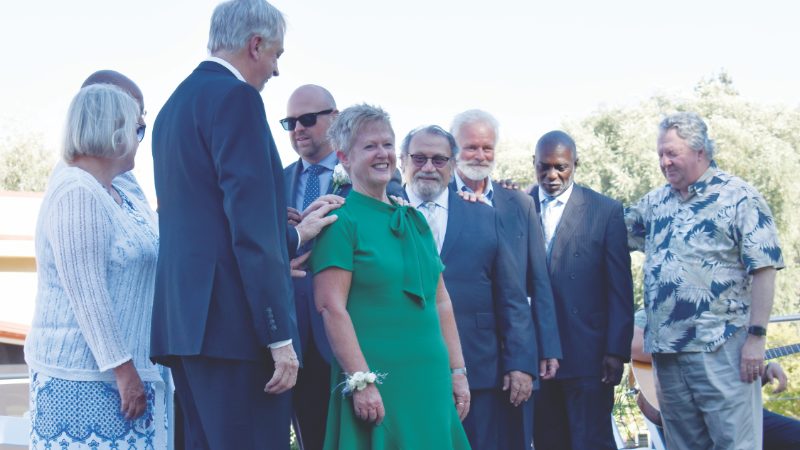Care teams at Loma Linda University International Heart Institute have fine-tuned various aspects of its cardiogenic shock program, making the program the first in the Inland Empire and one of the few on the West Coast to offer such comprehensive services to cardiogenic shock patients.
Aditya Bharadwaj, MD, an interventional cardiologist at LLU International Heart Institute, says the cardiogenic program has expanded to include interventional cardiologists, heart failure cardiologists, and cardiothoracic surgeons.

“More than one specialty needs to be involved in the care of cardiogenic shock patients,” said Bharadwaj. “Multiple disciplines must come together right from the beginning to treat these patients. Other leading centers across the country and the world are beginning to recognize this.”
Cardiogenic shock, also known as cardiac shock, is a life-threatening emergency that occurs when the heart cannot pump enough blood and oxygen to the brain and other vital organs. The condition can be fatal or lead to organ failure or brain injury if not treated quickly, according to the National Heart, Lung, and Blood Institute.
“Timely treatment is of the essence when facing this critical condition where the heart is unable to keep up with the demands of the body,” Bharadwaj said.
For this reason, Bharadwaj and his colleagues have worked to streamline the transfer process for patients incoming from nearby hospitals, reducing delays in their care. Once a patient is transferred to or arrives at Loma Linda University Medical Center (LLUMC), Bharadwaj says highly skilled care teams work to identify signs and symptoms indicating cardiogenic shock. Bharadwaj says these new approaches prioritize the timely delivery of care to patients experiencing cardiogenic shock.
Causes of cardiogenic shock include heart attacks, infections, blood clots, and heart failure. In addition, the condition can be caused by a distinctive form of heart failure called peripartum cardiomyopathy that can occur during the last few months of pregnancy or up to five months after giving birth.
Such was the case for 31-year-old LaCresha Bell, who was transferred from a nearby hospital to LLUMC for a higher level of care when she went into cardiogenic shock after having given birth to her second son.
“Those doctors fought for my life,” said Bell, who has since reunited with her two sons. “I didn’t believe in miracles before, but being alive seven months later, I do now.”
____________________
By Lisa Aubry





